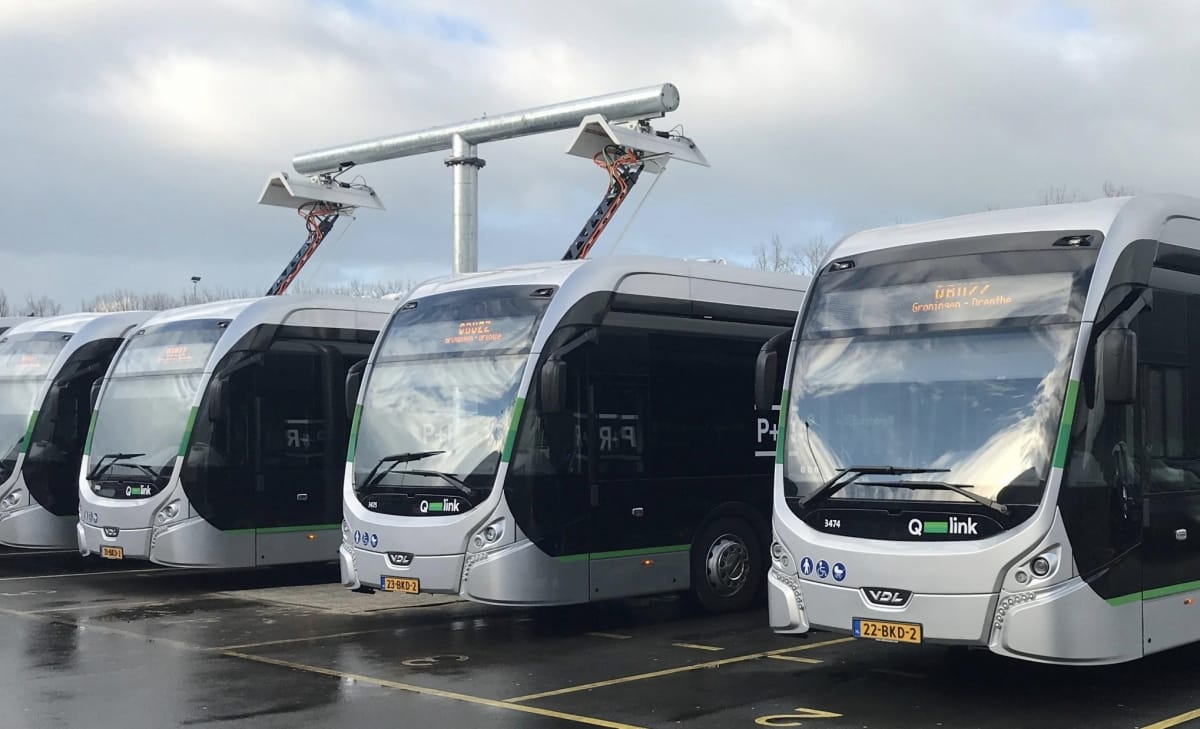
The development of a revolutionary lithium-ion battery with a high capacity and fast charging time is a step closer thanks to financial support from the Dutch Province of North Brabant, the Ministry of Economic Affairs and Climate (EZK), and the Dutch independent research institute TNO.
The Province and the State are jointly investing €4.5 million in a demonstration line at the Holst Centre research institute in Eindhoven. The center wants to build a prototype that will demonstrate that this promising technology does work and is suitable for mass production.
More energy, faster charging and a longer lifespan
The new type of solid-state battery does not contain any fluids. They are therefore lighter and safer compared to the current ‘wet’ lithium batteries. In addition, they charge at lightning speed and have a long service life. The solid-state batteries are built up by covering billions of poles in the battery with extremely thin layers of functional material. This creates a 3D structure with an enormous surface area and a very short distance between the two electrodes in the battery. Lithium ions only have to travel a short distance then, which makes charging and discharging much faster.
First for wearables, later for vehicles
Solid-state offers the advantage that there is little or no risk of fire or explosion. The first applications are to be expected in ‘wearables’, where today’s unsafe lithium batteries are still dominant. In the longer term, larger batteries will be needed for vehicles. The subsidies will be used to build a demonstration line of several machines that can demonstrate that the technology works. The North Brabant province is investing €1.5 million and the Dutch Ministry of Economic Affairs and Climate €3 million.
Ton van Mol, director of TNO at Holst Centre: “Our researchers are pioneering a new 3D solid-state architecture. By applying Spatial Atomic Layer Deposition (SALD, a technology that was developed by TNO together with industrial partners in Eindhoven), the battery layers can be uniformly positioned on a 3D structure. This results in a new battery concept, which can significantly improve the safety, charging time, and lifetime of existing lithium-ion batteries. We are very pleased that the province, EZK, and TNO are also convinced of this important development for the Netherlands and are investing in a demonstration line. This will enable us to build a prototype that can demonstrate that this promising technology is suitable for large-scale battery production.”
‘Vital for the Dutch competitive position’
It is the second major investment by the government in the Eindhoven region to safeguard technology for the Netherlands. Yesterday it was announced that the Dutch government is investing 20 million euros in SMART Photonics for the same reason: “To preserve photonics for the Netherlands.” State Secretary Mona Keijzer of Economic Affairs and Climate: “In the Knowledge and Innovation Covenant that was signed last year between industry, knowledge institutes and government, an important role is reserved for innovation in key technologies. This vital investment is a good concrete example of this and ensures that we remain at the forefront with our economy and maintain our strong competitive position in Europe”.
Read other IO articles about the innovative inventions of the Holst Centre via this link.
Also interesting:
Solid-state battery with high energy density thanks to lithium anode
Cover photo: Using solid-state technology, lithium-ion batteries can store much more energy for a longer range for e.g. electric buses, and charging is also faster.

